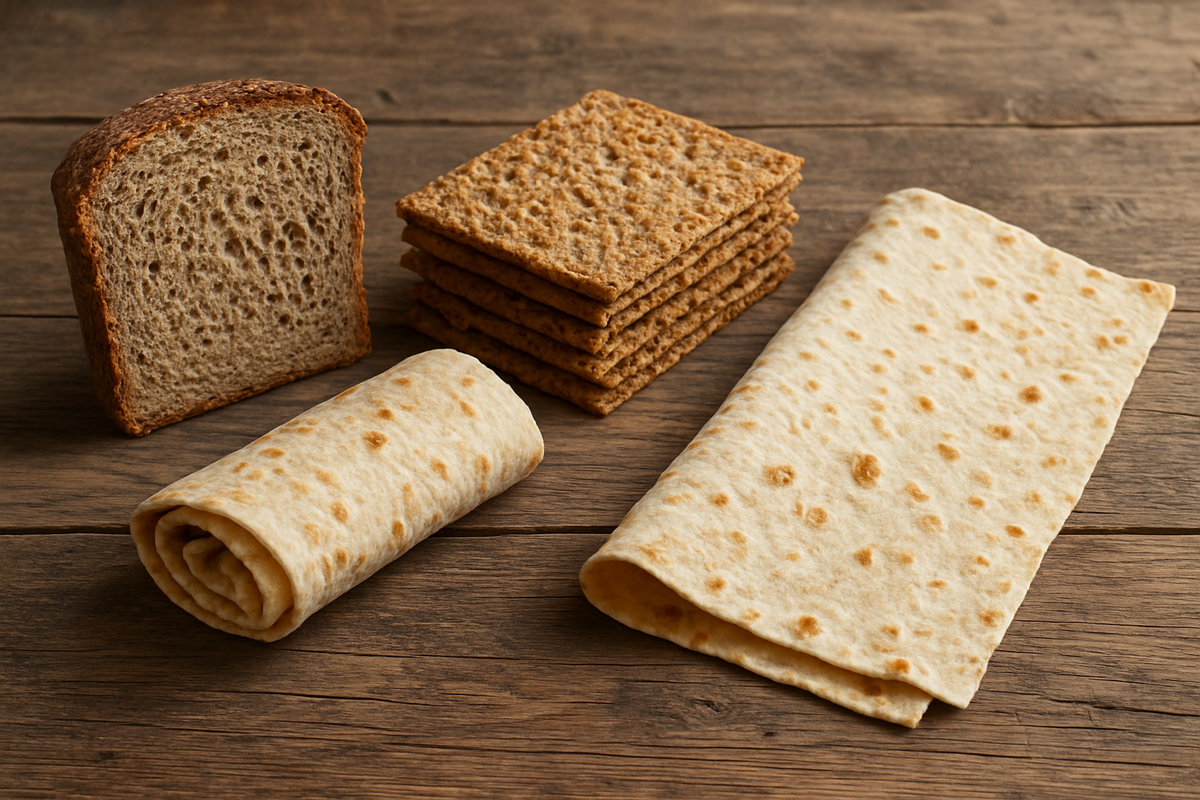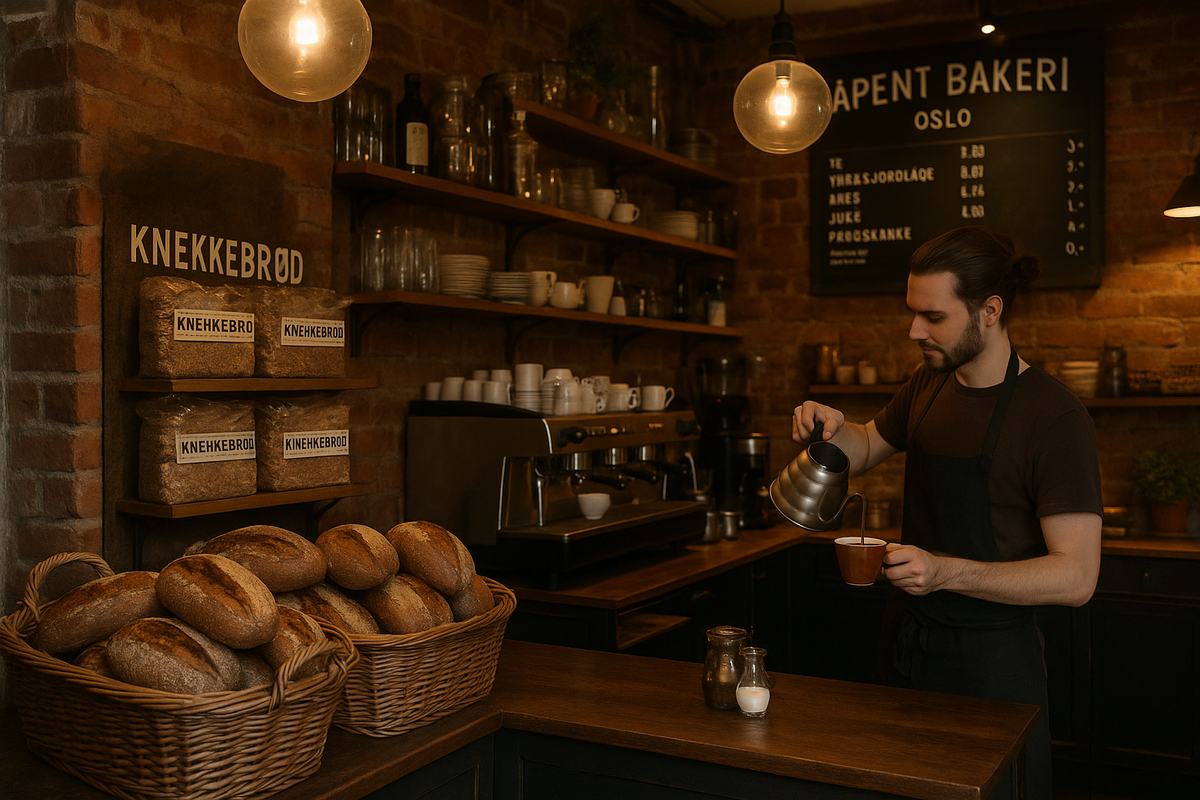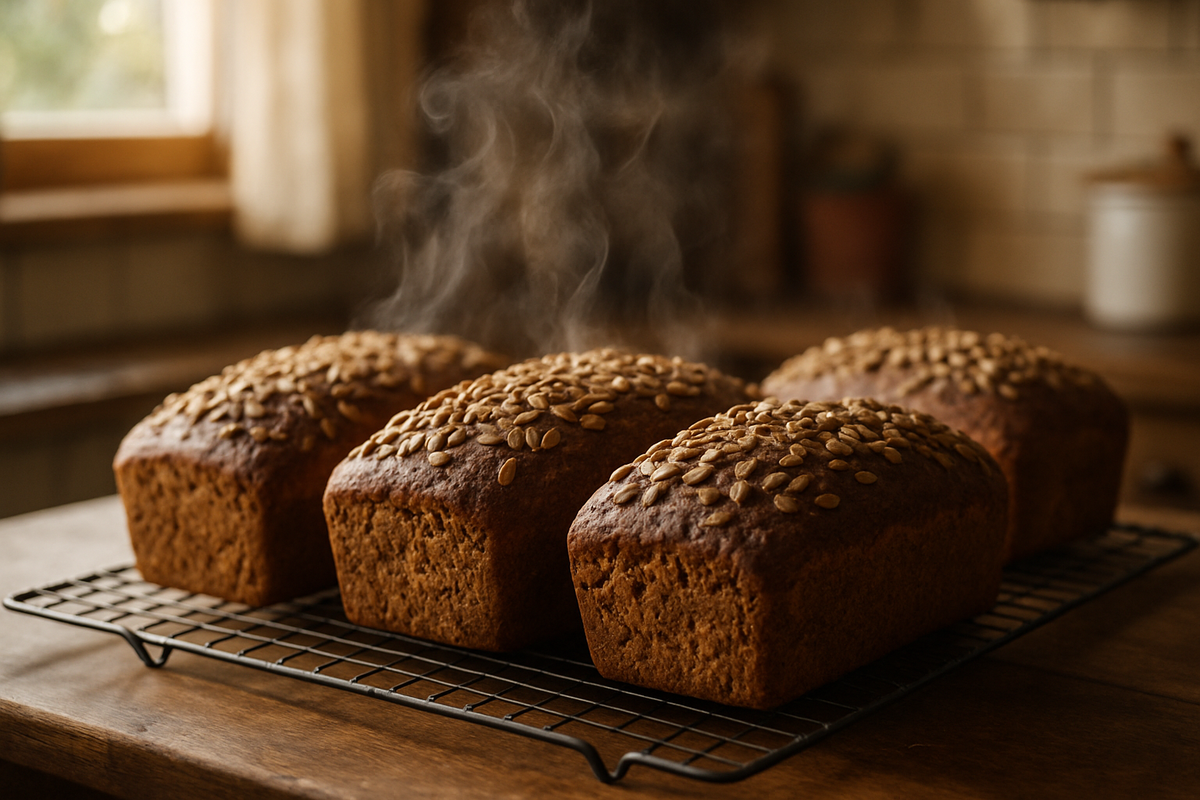The bread soul of Norway: Grovt brød, Knekkebrød, Lefse and Flatbrød — why no table is complete without them
In a country where winter lasts six months, bread has become not just a side dish, but a staple of survival and food culture. From dense wholemeal Grovt brød to crispy Knekkebrød crackers and the thinnest Flatbrød flatbreads, each type reflects the climate, agriculture and the Norwegians' habit of taking food with them to the mountains. Let's uncover the secrets of the northern bread basket.
Why does bread play such a central role in Norwegian cuisine?
The harsh climate and short growing season made grains such as barley, oats and rye the main sources of calories and fibre. From the 19th century, when water mills appeared, it became easier for farmers to grind grain into flour and store bread for longer. Today, bread is served for breakfast, forms the basis of matpakke (packed lunches) and replaces side dishes with soup, helping to clean the plate down to the last spoonful of broth.
What types of bread should tourists try?
- Grovt brød — a heavy, dark loaf made from 70% wholemeal flour with a nutty, malty flavour.
- Knekkebrød — thin, crispy bread made from rye and seeds; ideal for hiking.
- Lefse — soft potato flatbread spread with butter and sugar or brunost.
- Flatbrød — ultra-thin crispbread, the traditional Viking "camp bread".
- Surdeigsbrød — artisanal wheat and rye sourdough baguette from New Nordic with an open crumb.

Where can you buy the best Norwegian bread?
In Oslo, visit Åpent Bakeri (St. Olavs Plass) for fresh Grovt brød; in Bergen, Godt Brød Bryggen is famous for its nutty Knekkebrød; in Trondheim, Hevd Håndverksbakeri bakes Lefse with live sourdough. At Bondens Marked farmers' markets, it's easy to find Flatbrød with cumin or sea salt — they're even crisper than the factory-made ones.

Homemade wholemeal Grovt brød recipe (2 loaves)
Mix 500 g whole wheat flour, 250 g light rye flour, 15 g salt, 10 g dry yeast and 50 g sunflower seeds. Add 600 ml of warm water and 2 tablespoons of dark syrup (mørk sirup), knead for 10 minutes. Leave covered with cling film for 1.5 hours, knead, transfer to moulds and leave to rise for 45 minutes. Bake for 40 minutes at 200°C. Cool on a wire rack — the crust will become crispy and the crumb will retain moisture for up to five days.

What do Norwegians eat with different types of bread?
- Grovt brød — a layer of butter, a slice of smoked salmon or Jarlsberg cheese, and a cup of coffee.
- Knekkebrød — yoghurt skyr, Lynghonning honey; when hiking — Brunost cheese.
- Lefse — hot, with brown sugar and cinnamon; tourists love the "wrap" version with gravlax.
- Flatbrød — served with thick soups and Fårikål: break it up and dip it in the broth to add texture.
How to store and transport bread souvenirs?
Knekkebrød and Flatbrød are packaged in cardboard boxes — a light souvenir that won't crumble in your luggage. Lefse keeps moisture out for a day; for long trips, take a factory vacuum pack and reheat it at home in a dry frying pan. Grovt brød stays fresh for up to five days if wrapped in a linen towel and stored at 15°C — the smell of malt will remind you of the fjords even after you return home.
Norwegian bread is the crispness of the icy air, the warmth of a country oven and the taste of the earth, which is generous despite the harsh climate. Try a thick slice of Grovt brød with a thin slice of Brunost, take a packet of Knekkebrød on a hike to the fjord, or learn how to roll out Lefse at home — and every slice will become part of a northern story of simplicity, wholesomeness and respect for grain.





2 comments
Log in to leave a comment